Europe’s commitment to sustainability has resulted in amazing changes at the grassroots level, where entire villages have reimagined their relationship with energy and the environment.
The communities have reached impressive environmental milestones and created blueprints for sustainable living that others can follow. Their successes show that, with dedication and innovation, even small communities can significantly contribute to the fight against climate change.
Feldheim, Germany
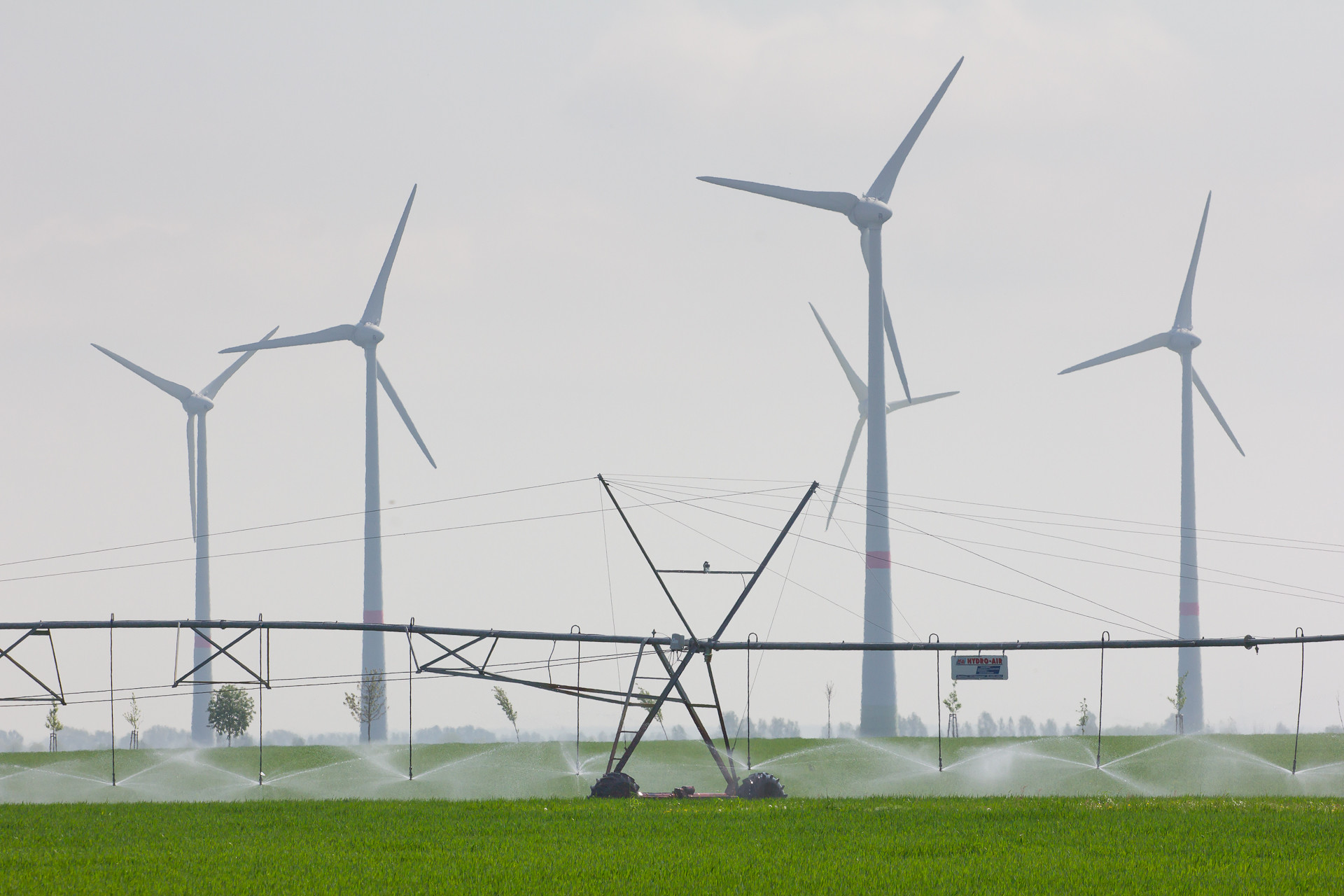
This tiny village of 150 residents in Brandenburg has achieved complete energy independence through a combination of wind turbines, solar arrays, and biogas facilities. Their innovative energy grid, built entirely by the community, provides reliable power while maintaining some of the lowest electricity rates in Germany.
The village’s transformation began in 1995 with a single wind turbine and has since evolved into a comprehensive renewable energy system. Local farmers contribute to the biogas plant by providing agricultural waste, creating a circular economy that benefits everyone.
The success of Feldheim has attracted thousands of visitors annually, who are eager to learn from their sustainable model.
Wildpoldsried, Bavaria
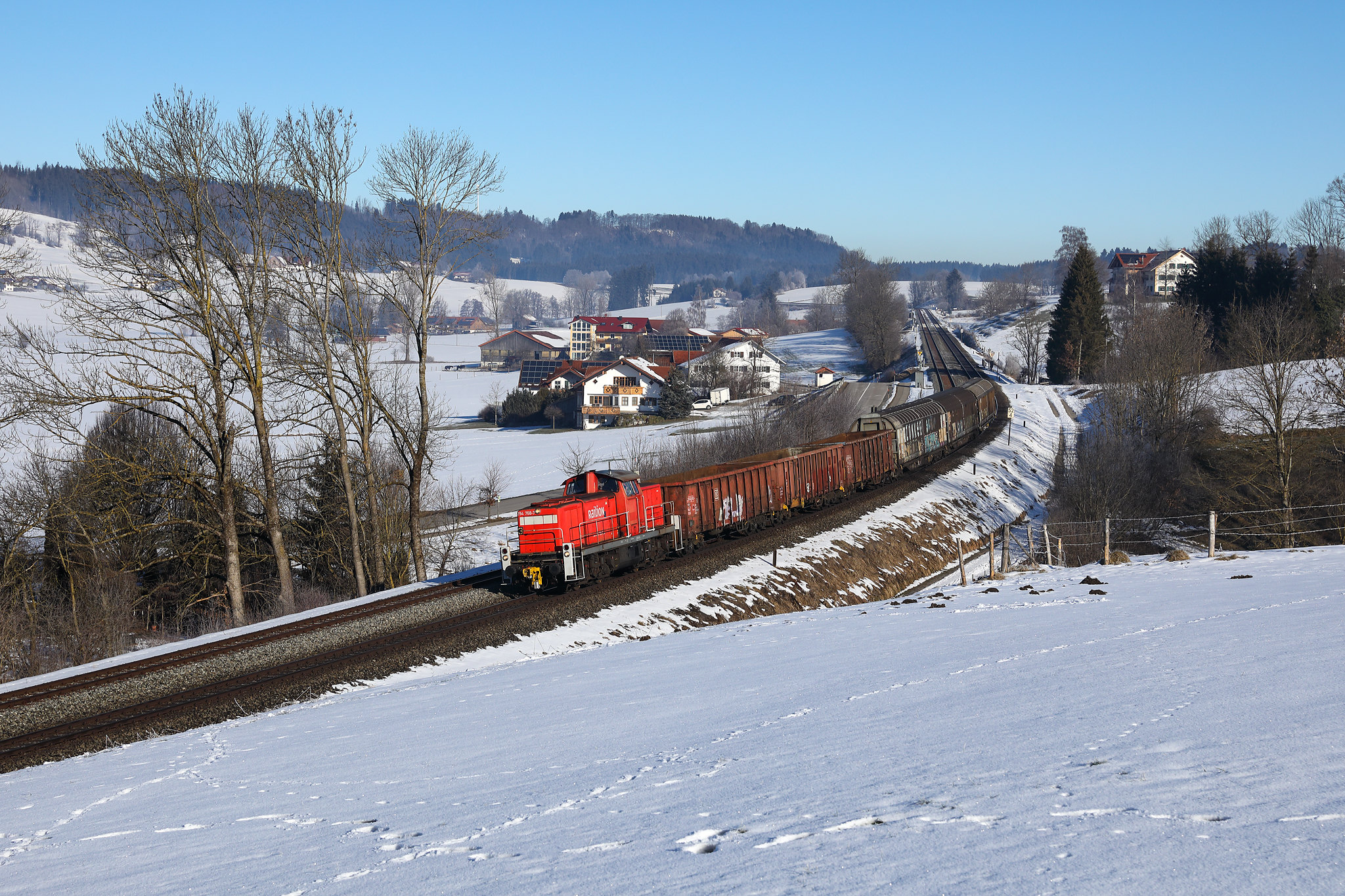
Nestled in the picturesque Allgäu region, this village produces 500% more energy than it needs from renewable sources. The community began in 1997 with a simple mission to generate new revenue streams through renewable energy.
Nine wind turbines, several solar installations, and three biomass plants form the backbone of its energy infrastructure. The excess power it generates earns the village millions in revenue annually, which is reinvested in community projects.
Its achievements have earned it numerous environmental awards and international recognition.
Like Travel Pug’s content? Follow us on MSN.
Samsø Island, Denmark

This Danish island community of 4,000 inhabitants achieved carbon neutrality through comprehensive community involvement in just a decade. The transformation began in 1997 when they won a government competition to become a model renewable energy community.
Eleven wind turbines on land and ten offshore provide most of their power needs. The islanders own shares in the wind turbines, ensuring community buy-in and economic benefits for residents.
Their success has made them a global example of how to achieve energy independence.
Güssing, Austria

From a poor rural community to becoming a leader in renewable energy, this tiny town in Austria has undergone many transformations. Their transition started when, in 1990, they chose to ban fossil fuel consumption so that no more money was wasted on imported energy.
The town now produces much more energy than it needs through its many renewable sources, such as solar, biomass, and biogas. Their success has attracted over 30 new industries to the area, creating hundreds of jobs.
The community’s revolutionary district heating system is a model for other municipalities.
Fownhope, England

Located in Herefordshire, this village has achieved remarkable success through community-owned renewable energy projects. Its innovative approach includes a mix of solar panels, small-scale hydropower, and biomass heating systems.
The village’s energy cooperative ensures that profits are reinvested in local sustainability initiatives and community projects. Its comprehensive approach includes educational programs for local schools and youth groups. The village’s success has inspired neighboring communities to launch their renewable energy initiatives.
Like Travel Pug’s content? Follow us on MSN.
Aardehuis, Netherlands
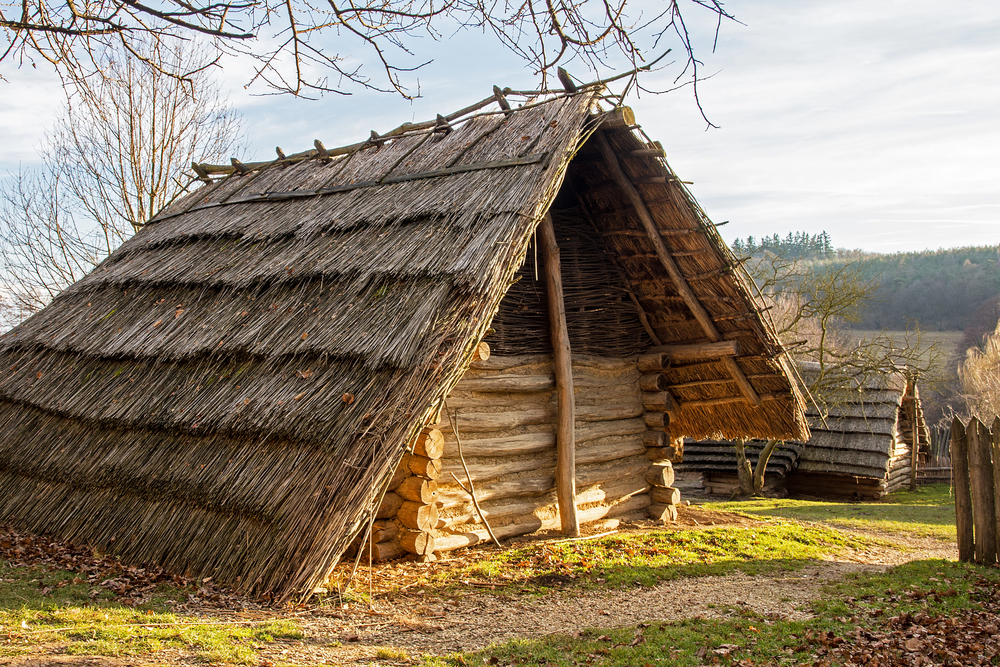
This eco-village showcases sustainable architecture combined with renewable energy systems. Twenty-three earth-sheltered homes form the core of this unique community, each designed to maximize passive solar heating.
The village operates entirely on renewable energy through solar panels and ground-source heat pumps. Community gardens and rainwater harvesting systems contribute to their self-sufficiency.
Their innovative approach to sustainable living has attracted international attention and numerous study visits.
Le Mené, France
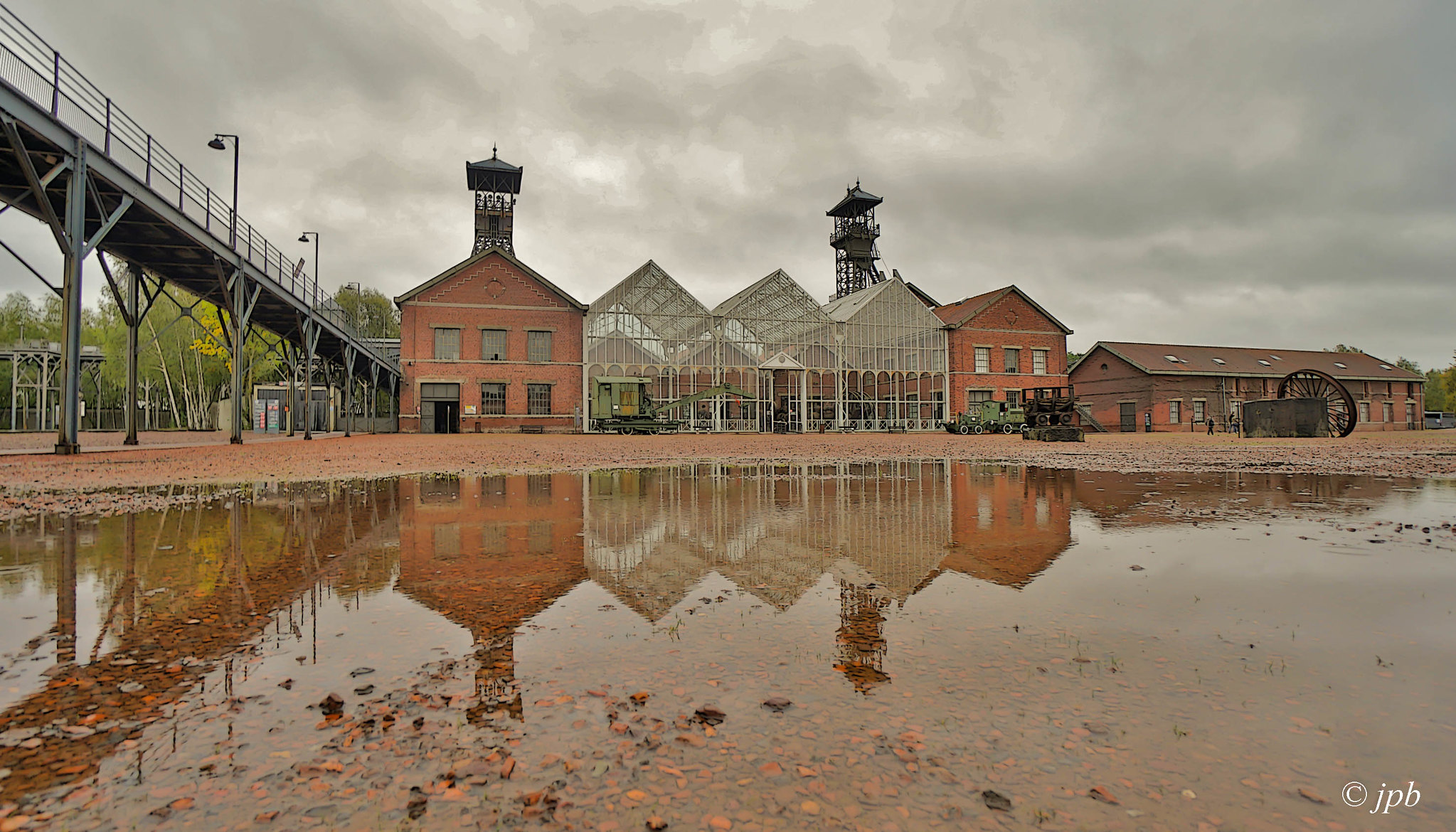
This collection of small villages in Brittany has achieved energy independence through diverse renewable sources. Their transformation began with a community-owned wind farm that now produces enough electricity for 3,000 households.
The area has since added solar installations, biomass heating, and biogas production facilities. Local farmers contribute crop residue to energy production. Their success has revitalized the local economy and created numerous green jobs.
Torraca, Italy

This small village has led Italy into an ‘LED city.’ They transformed their whole concept of efficiency and renewable energy. They changed the street lights to LEDs and saved about 75 percent of energy consumption from the existing situation.
Public building structures were incorporated with solar-based installations for electric power, supplying the needful municipal energy consumption. They introduced an advanced grid that smartly controls energy use and consumption in this southern region of Italy.
Like Travel Pug’s content? Follow us on MSN.
Toarp, Sweden
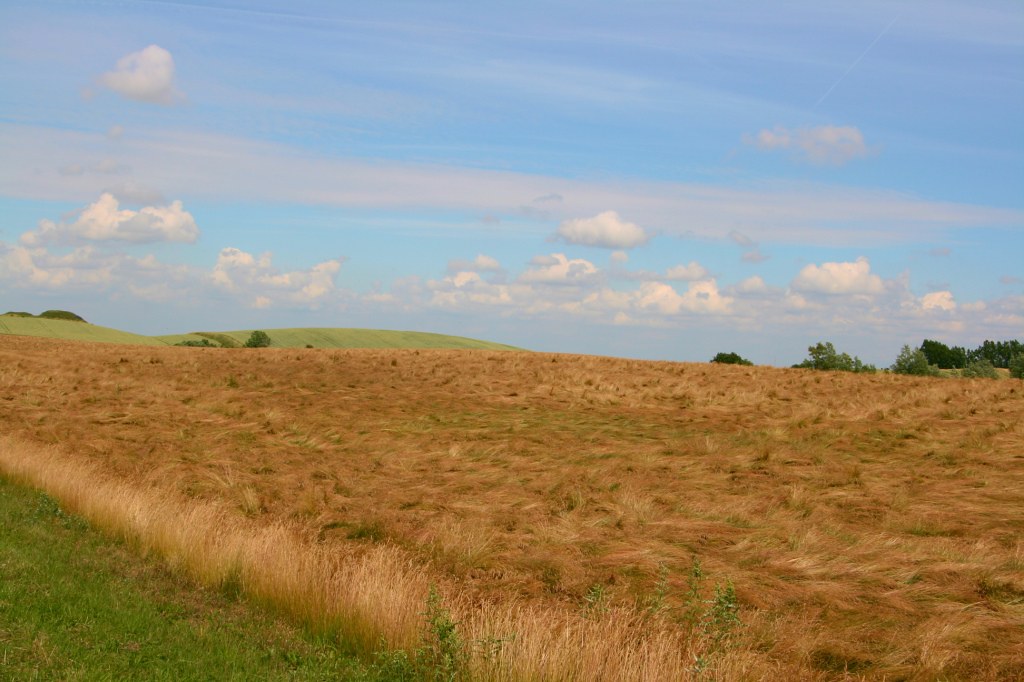
This tiny Swedish village is fossil-fuel-independent and uses novel district heating. Its system utilizes locally sourced biomass and solar thermal collectors to fulfill the community’s year-round heating requirements.
The village’s energy cooperative ensures democratic control over energy production and distribution. Community involvement has been essential to its success, drawing the attention of communities in Scandinavia.
Kisielice, Poland
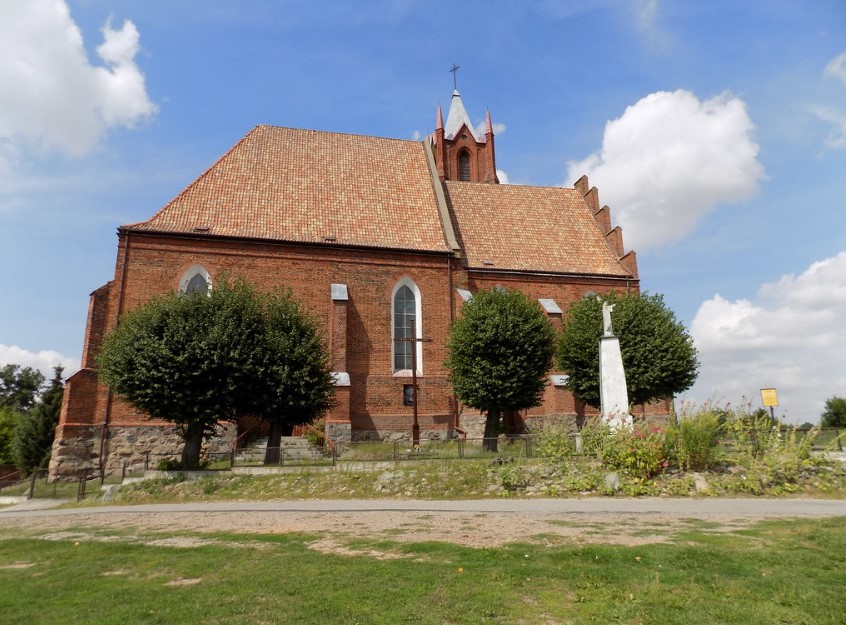
This pioneering Polish community has transformed its agricultural heritage into renewable energy success. Wind turbines and biomass heating plants form the core of their renewable energy infrastructure.
Local farmers benefit from selling their agricultural waste to the biomass facility. The community’s energy independence has attracted new businesses and investment. Their achievement is particularly notable in a country heavily dependent on coal power.
Karakiraz, Turkey

This mountain village has embraced renewable energy while preserving its traditional way of life. Solar thermal systems provide hot water and heating for the entire community.
The village has installed mini-hydropower systems utilizing local streams. Traditional building techniques combine with modern renewable technology. Their success proves that sustainability can enhance rather than conflict with cultural heritage.
Like Travel Pug’s content? Follow us on MSN.
Vauban, Germany
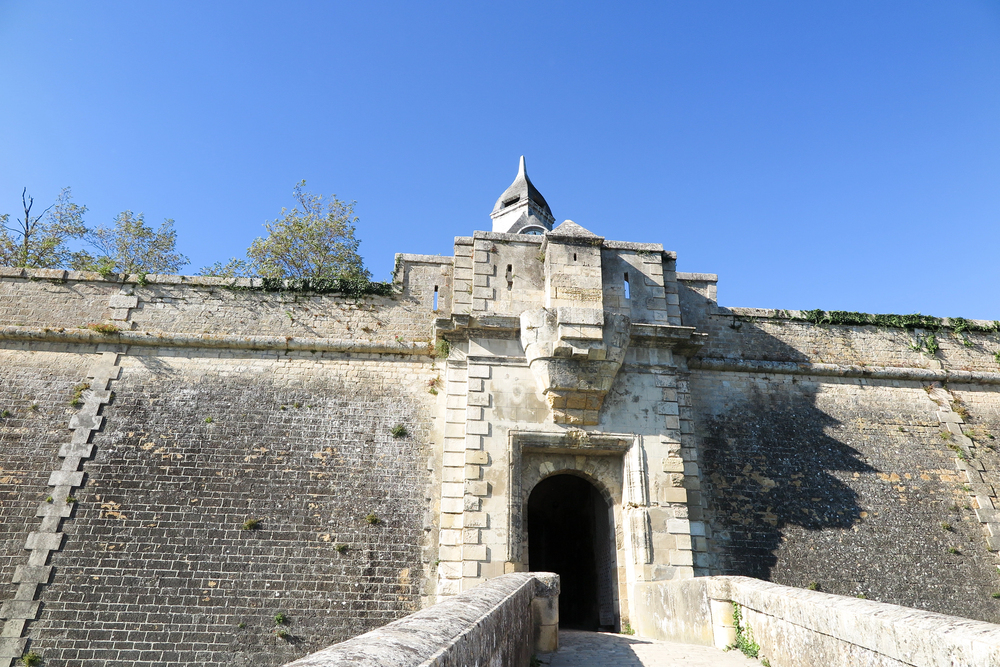
This former military base turned eco-village demonstrates comprehensive sustainable urban planning. Through passive solar design, all buildings meet ultra-low energy consumption standards.
The community generates renewable energy through photovoltaic installations and combined heat and power plants. Car-free zones and extensive bicycle infrastructure reduce transportation emissions. Their integrated approach to sustainability extends beyond energy to all aspects of community life.
Ashton Hayes, England

This Cheshire village aims to become England’s first carbon-neutral community through grassroots action. Its bottom-up approach involves every household in energy conservation and renewable adoption.
Community-owned solar installations provide power for public buildings and shared facilities. Regular carbon footprint monitoring helps track its progress toward neutrality. Its success has inspired a national movement of transition communities.
Jühnde, Germany
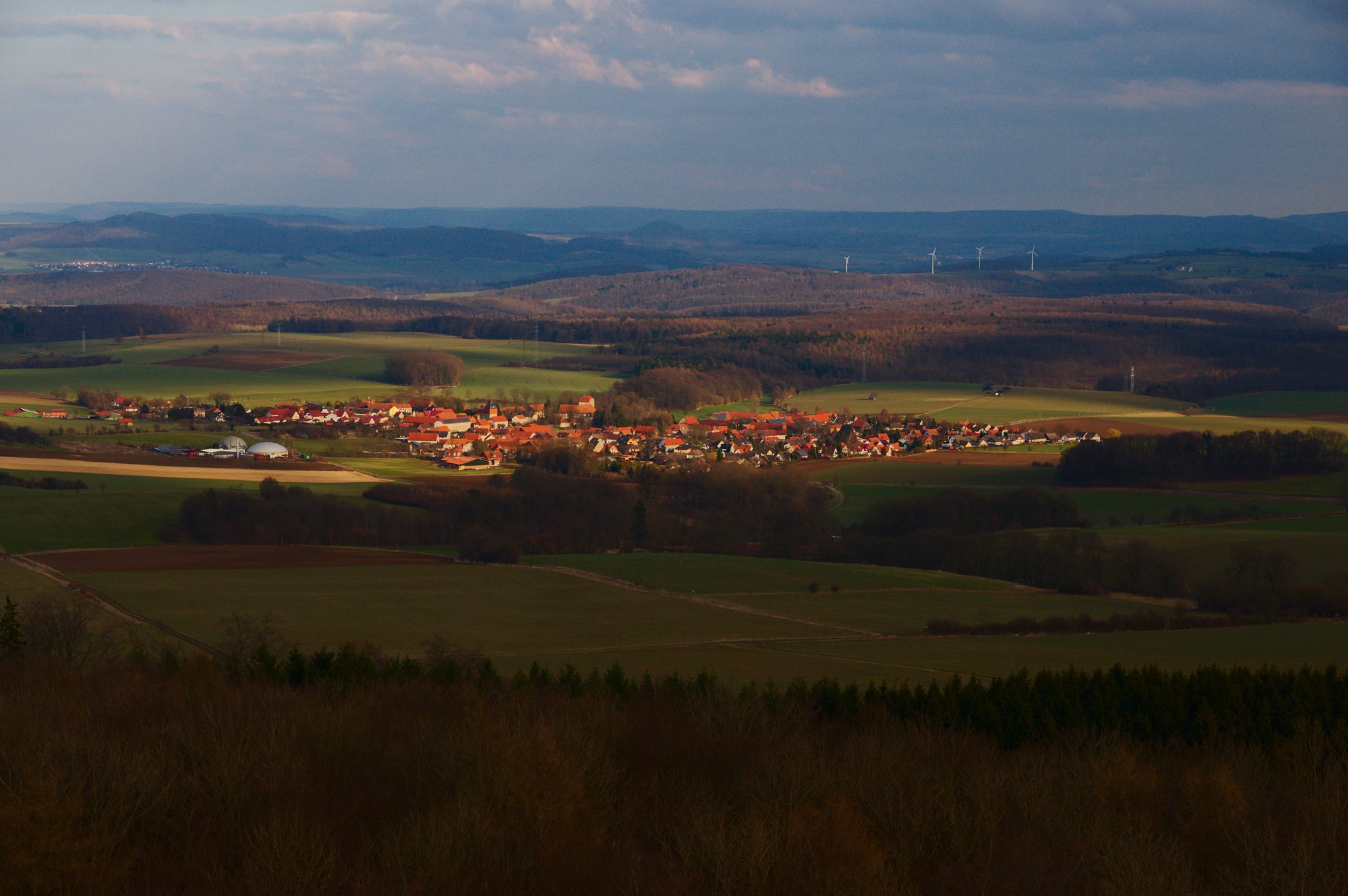
Through comprehensive community participation, this village became Germany’s first bioenergy village. Its biogas plant processes agricultural waste and energy crops from local farms.
A district heating network provides warmth for all village buildings. The community collectively owns and operates all energy infrastructure. Dozens of other German villages have replicated this model.
Like Travel Pug’s content? Follow us on MSN.
Kněžice, Czech Republic
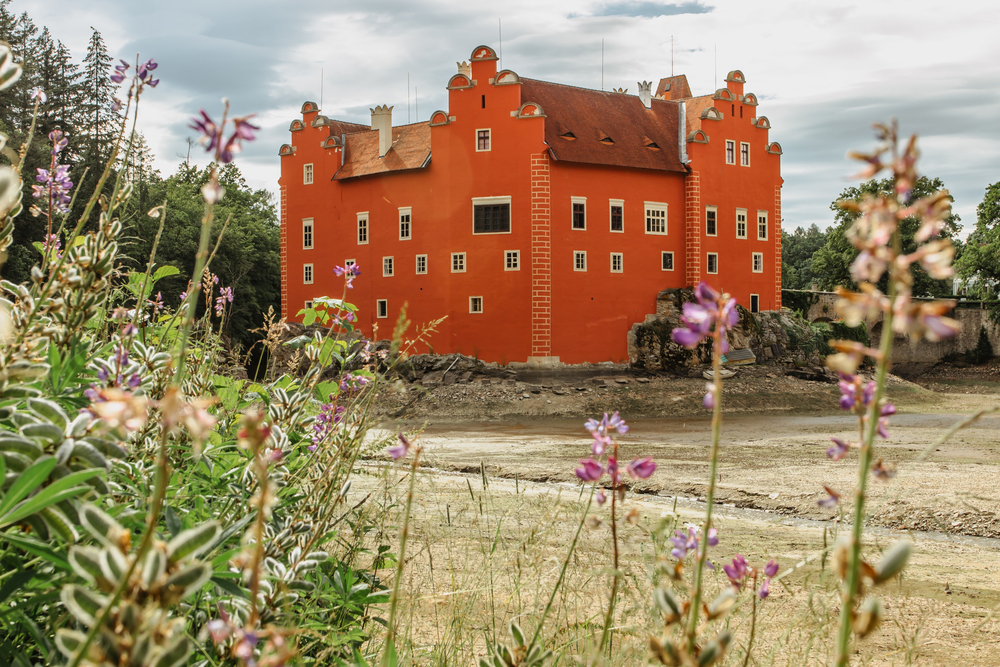
This Central Bohemian Region village has led the way in renewable energy use in Eastern Europe. Its combined biomass and biogas plant processes agricultural waste from local farms and household organic waste.
The community heating plant provides warmth for 90% of village buildings while eliminating dependence on fossil fuels. The success of this village has made it a model for sustainable rural development in post-communist countries.
The village is always visited by Eastern European delegations eager to learn about its experience.
Building Tomorrow’s Sustainable Communities Today
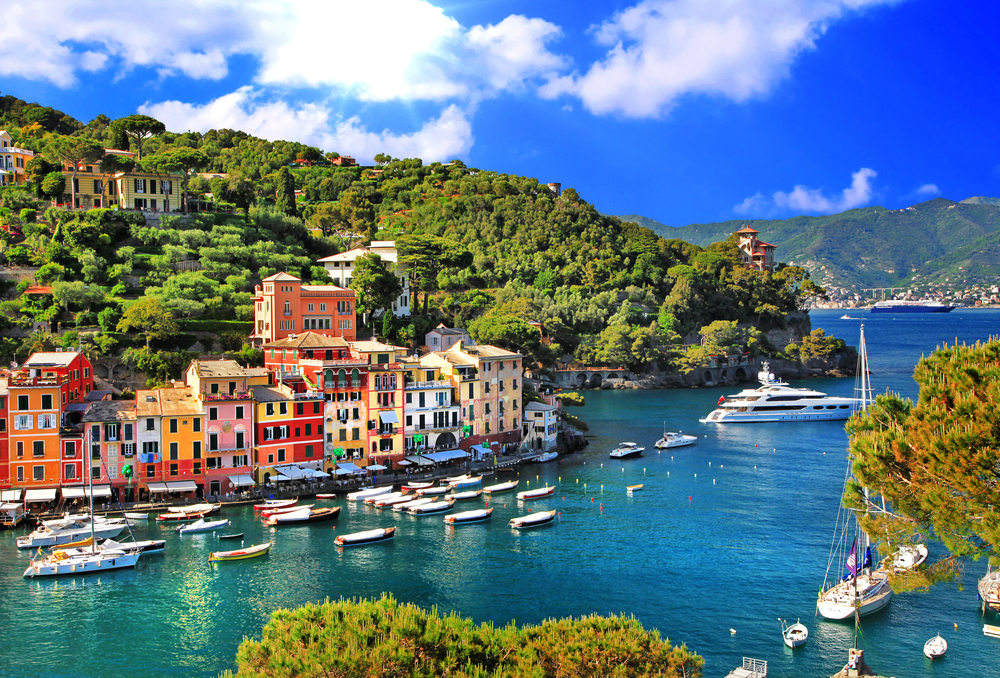
These pioneering villages demonstrate that sustainability can be achieved by more than technological solutions; they require community involvement, innovative thinking, and long-term commitment.
The success stories are lessons for other communities worldwide on reducing their environmental footprint and building stronger, more resilient local economies. Transitioning to renewable energy has environmental benefits and opportunities for rural development and community empowerment.
More from Travel Pug

- 15 Dangerous European Cities to Avoid
- 15 Caribbean Islands Where Tourists Keep Getting Scammed
- The 20 Most Fascinating Abandoned Places: A Journey Through Time and Forgotten Spaces
- 15 Hidden Places in the Smithsonian Museums Locals Love: A Guide to Lesser-Known Treasures
- 16 Hidden Florida Beach Towns That Aren’t Overrun with Tourists
Like Travel Pug’s content? Follow us on MSN.
